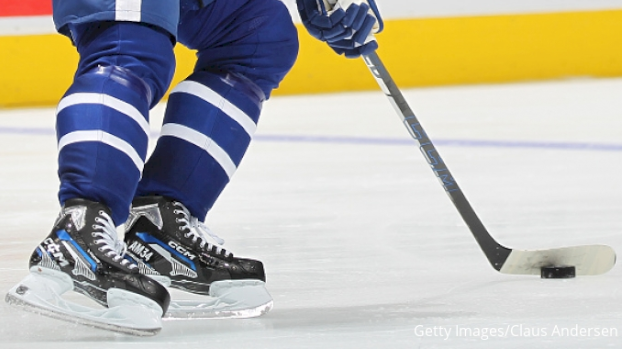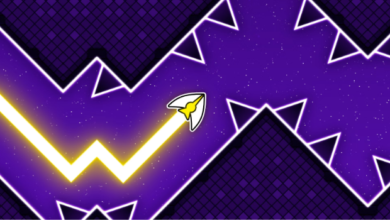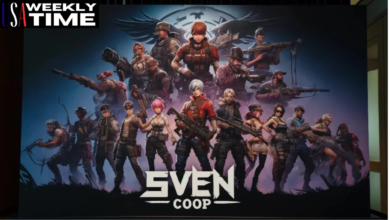How Long is a Hockey Game? Understanding the Duration of Play

Hockey is a fast-paced and thrilling sport, but have you ever wondered How Long is a Hockey Game actually lasts? If you’re new to the game or just curious about the time spent on the ice, it’s helpful to understand the structure of a typical hockey game. Whether it’s an NHL game, a college match, or a recreational league contest, the length of a hockey game can vary. However, there are certain general guidelines that can help you get a better idea of how long these exciting games last.
In this article, we’ll explore the length of hockey games at different levels, from professional NHL games to college and recreational hockey. We’ll look at factors that affect the duration, such as overtime rules, stoppages, penalties, and commercial breaks. By the end of this article, you’ll know exactly what to expect when you watch a hockey game, whether you’re tuning in for a regular-season match or a thrilling playoff showdown.
Understanding the Length of an NHL Game
The standard duration of a National Hockey League (NHL) game is 60 minutes of regulation time, divided into three 20-minute periods. This 60-minute rule applies to most professional hockey games, but it’s important to understand that the actual time a game takes can be longer due to breaks and stoppages in play. The game clock is paused whenever there is a stoppage, such as a penalty, a goal, or a timeout. These breaks can add significant time to the total length of a game, extending it to around 2 hours and 19 minutes on average.
In addition to regulation time, NHL games can go into overtime if the score is tied at the end of the third period. Regular-season overtime is played as a 5-minute sudden-death period, where the first team to score wins. This overtime period is played with fewer players on the ice, creating more open space and opportunities for scoring. If no team scores in overtime, the game proceeds to a shootout. Overtime can add several minutes to the game, depending on how long it lasts.
Overtime in NHL Playoffs
The length of a hockey game can vary even more during the NHL playoffs. In the postseason, if a game is tied at the end of regulation, teams continue to play overtime periods until one team scores. Unlike regular-season games, playoff overtime periods are 20 minutes long, and they are played in a sudden-death format. This means that the game continues for as long as it takes to determine a winner. Some playoff games can go on for hours if multiple overtime periods are needed.
The longest game in NHL history lasted over 3 hours, with six overtime periods. During such long games, players are pushed to their limits, and fans experience extreme excitement as they wait for a team to score the winning goal. So, if you’re watching a playoff game, be prepared for potentially longer-than-usual game durations, especially if the score is close.
Factors That Impact Game Duration
While the basic structure of a hockey game is set, several factors can affect how long the game lasts. Penalties are a common occurrence in hockey and can lengthen a game by forcing the penalized team to play with fewer players on the ice. Power plays (when one team has more players on the ice due to a penalty) often lead to additional stoppages and breaks, which can add time to the game.
Another factor that affects game duration is scoring. When a team scores, the game clock stops, and there’s a break for the goal celebration and the faceoff. In high-scoring games, these stoppages can add up and extend the length of the game. On the other hand, if the game is more defensive, with fewer goals being scored, the game may move more quickly.
Commercial Breaks and Timeouts
Commercial breaks and timeouts also contribute to the total length of a hockey game. In the NHL, there are designated commercial breaks during stoppages in play. These breaks occur after goals, penalties, or at the end of each period. Commercial breaks can add significant time to the game. Typically, a game can include around 18 minutes of commercials, which is about the length of a full period of play.
Teams are also allowed to call one timeout per game, which lasts 30 seconds. While timeouts are brief, they can still add to the overall length of the game. Additionally, there are stoppages for other events, such as injuries, broken equipment, or delays due to the puck leaving the playing area. These events can lead to extra time spent before play resumes.
College and Recreational Hockey Game Length
While NHL games are the most well-known, other levels of hockey have their own formats and game durations. College hockey games are similar to NHL games in that they consist of three 20-minute periods, totaling 60 minutes of regulation time. However, NCAA hockey games have different overtime rules. In college hockey, overtime periods last 20 minutes, and if the game is still tied after one overtime, it ends in a tie.
Recreational hockey games, such as those in youth or adult leagues, are usually shorter than professional games. A typical recreational game might consist of three 12-minute periods or three 15-minute periods, depending on the league. These games are generally faster-paced and have fewer stoppages than professional games, so they tend to be completed more quickly, often lasting around 1.5 to 2 hours.
Conclusion
The length of a hockey game can vary depending on several factors, such as overtime rules, penalties, and stoppages. While an NHL game is typically 60 minutes of regulation time, the total time can extend to around 2 hours and 19 minutes due to commercial breaks, penalties, and other delays. If the game goes into overtime, it can last even longer, especially in the playoffs when multiple overtime periods are possible.
Understanding the factors that influence game duration will help you better plan your viewing experience, whether you’re watching a regular-season NHL game or a thrilling playoff match. Keep in mind that every hockey game is unique, and you might experience some games that fly by quickly and others that stretch on for hours. But one thing is for sure: no matter how long it lasts, a hockey game is always filled with excitement, energy, and unforgettable moments.
FAQs
Q: How long does an NHL game usually last?
A: An NHL game typically lasts around 2.5 hours, including breaks and stoppages.
Q: How long are the periods in a hockey game?
A: Each period in an NHL game lasts 20 minutes of regulation play.
Q: How long is a full-length hockey game?
A: A full-length hockey game lasts 60 minutes of playtime, but the total time including breaks and overtime can be longer.
Q: What is the longest overtime in NHL history?
A: The longest overtime in NHL history lasted 176 minutes and 30 seconds during a 1936 playoff game.
Q: How long is a college hockey game?
A: College hockey games also consist of three 20-minute periods, similar to NHL games, but the overtime rules differ.




